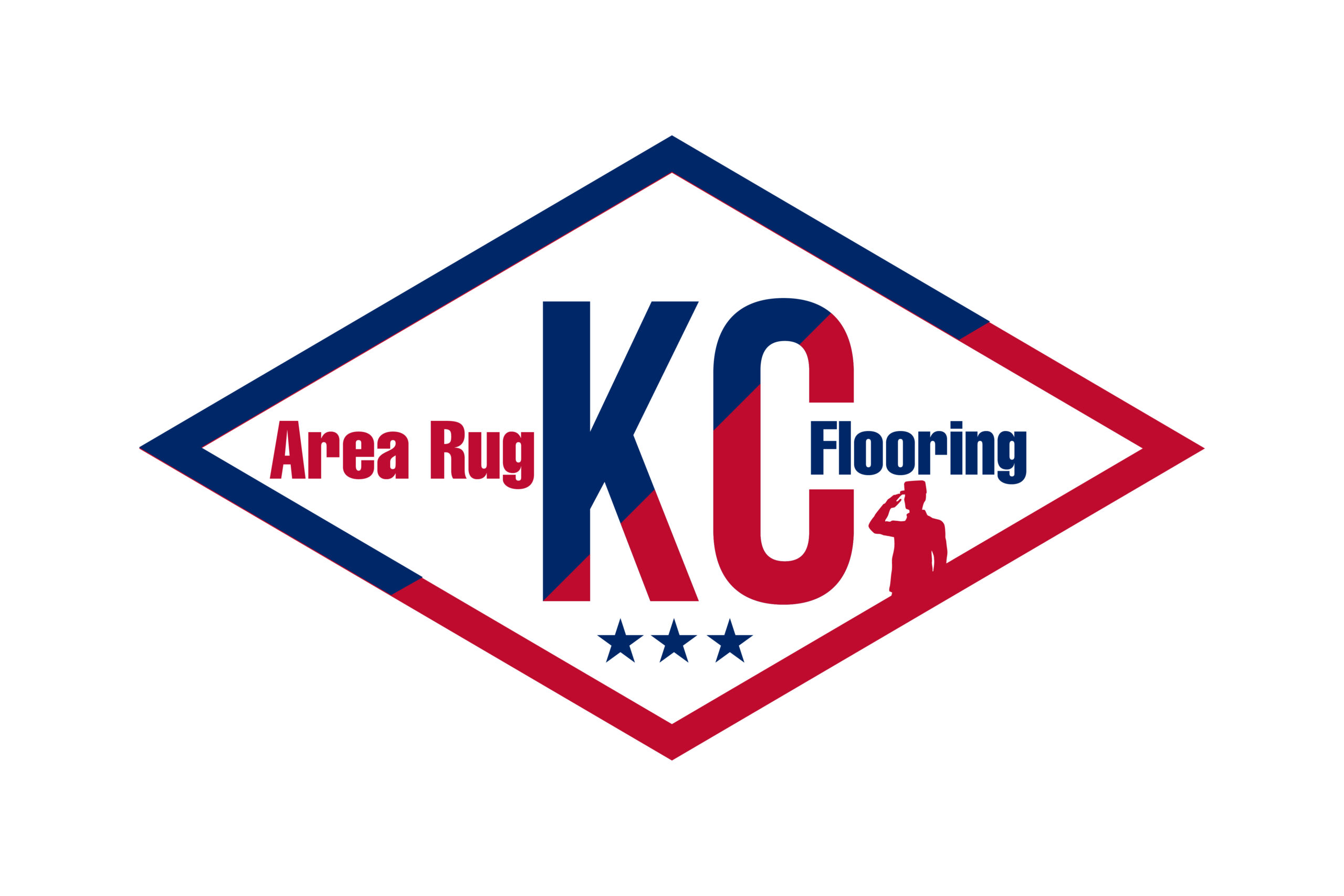Carpet installation is both a craft and a science, with attention to detail being the key to a flawless finish. Among the various techniques employed in carpet installation, the T-seam stands out for its ability to seamlessly join two pieces of carpet. In this article, we will explore the intricacies of T-seams and draw comparisons with regular seams, shedding light on why the former is often preferred for achieving a polished and professional look.
Understanding Regular Seams:
Before delving into the specifics of T-seams, it’s essential to understand the concept of regular seams and their role in carpet installation. A regular seam involves joining two pieces of carpet edge to edge, creating a straight, visible line where the two sections meet. This technique is commonly used in residential and smaller-scale installations due to its simplicity and cost-effectiveness.
When properly executed, regular seams can blend in fairly well, especially if the carpet has a low pile, a uniform color, or a pattern that helps disguise the joint. However, in larger spaces or high-traffic areas, the visibility of regular seams can become more pronounced, particularly over time as the carpet experiences wear and tear. Factors such as lighting, carpet texture, and directional changes in the pile can also highlight the seam, impacting the overall aesthetic of the flooring.
While regular seams may work well for smaller rooms or less prominent areas, understanding their limitations is key to determining whether they are the right choice for your specific flooring needs.

The T-Seam Difference:
- Formation and Appearance:
- Regular seams involve aligning the edges of two carpet pieces, resulting in a linear join. In contrast, T-seams are created by forming a “T” shape when two pieces of carpet are joined, with one piece overlapping the other.
- The T-seam design is strategically crafted to disperse foot traffic and minimize the visibility of the seam, creating a more seamless and integrated look.
- Visibility:
- Regular seams are often more visible, especially in high-traffic areas, due to the direct alignment of the carpet edges. This visibility can be heightened if the installation is not precisely executed.
- T-seams, on the other hand, are designed to reduce visibility by creating a staggered seam that breaks up the straight line common in regular seams. When properly executed, T-seams are nearly invisible, contributing to a more polished appearance.
- Enhanced Durability:
- While both regular seams and T-seams can be durable when installed correctly, the T-seam’s design offers enhanced resilience in high-traffic areas. The “T” shape disperses the impact of foot traffic more effectively, reducing wear and tear on the seam over time.
- Professional Aesthetics:
- T-seams are favored in professional settings and high-end installations for their ability to provide a more sophisticated and aesthetically pleasing finish. The seamless integration of carpet sections creates a cohesive look that elevates the overall appearance of the space.
- Versatility in Design:
- T-seams offer greater versatility in design, allowing for creative applications in various spaces. The design flexibility makes T-seams a preferred choice in environments where a seamless and sophisticated appearance is paramount.
Choosing the Right Seam for Your Space:
While both regular seams and T-seams have their merits, the choice between the two depends on the specific requirements of the space and the desired aesthetic. Regular seams may be suitable for smaller rooms or areas with less foot traffic, where the seam’s visibility is less of a concern. On the other hand, T-seams are ideal for larger spaces, commercial installations, or areas where a high level of sophistication and seamless integration is essential.
In the realm of carpet installation, the choice between regular seams and T-seams significantly impacts the overall appearance and longevity of the flooring. The T-seam’s unique design, with its “T” shape and strategic overlap, sets it apart as a preferred choice for achieving a nearly invisible and durable seam. Understanding the differences between regular seams and T-seams empowers homeowners, designers, and installers to make informed decisions, ensuring a carpet installation that not only meets functional needs but also exceeds aesthetic expectations.
- By: Samantha McCoy
- Category: Uncategorized
- 0 comment

Leave a Reply